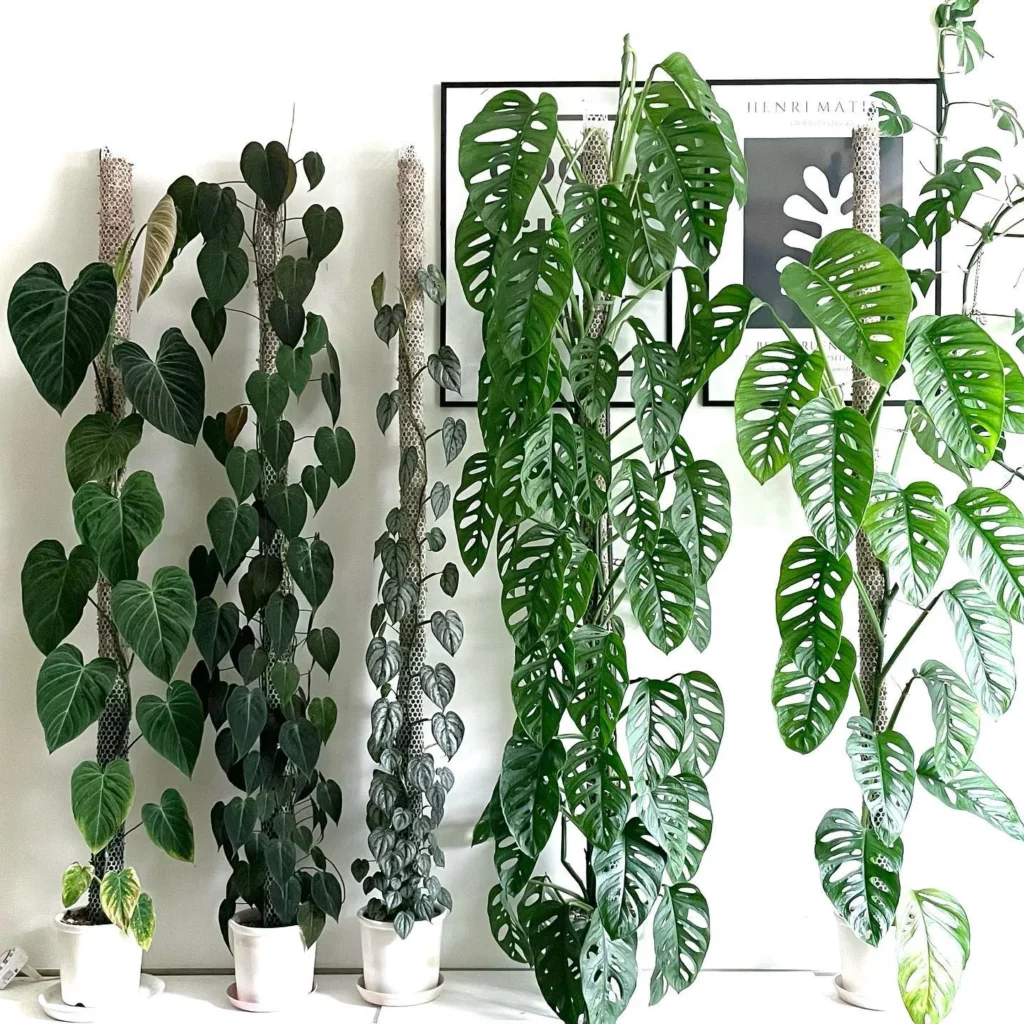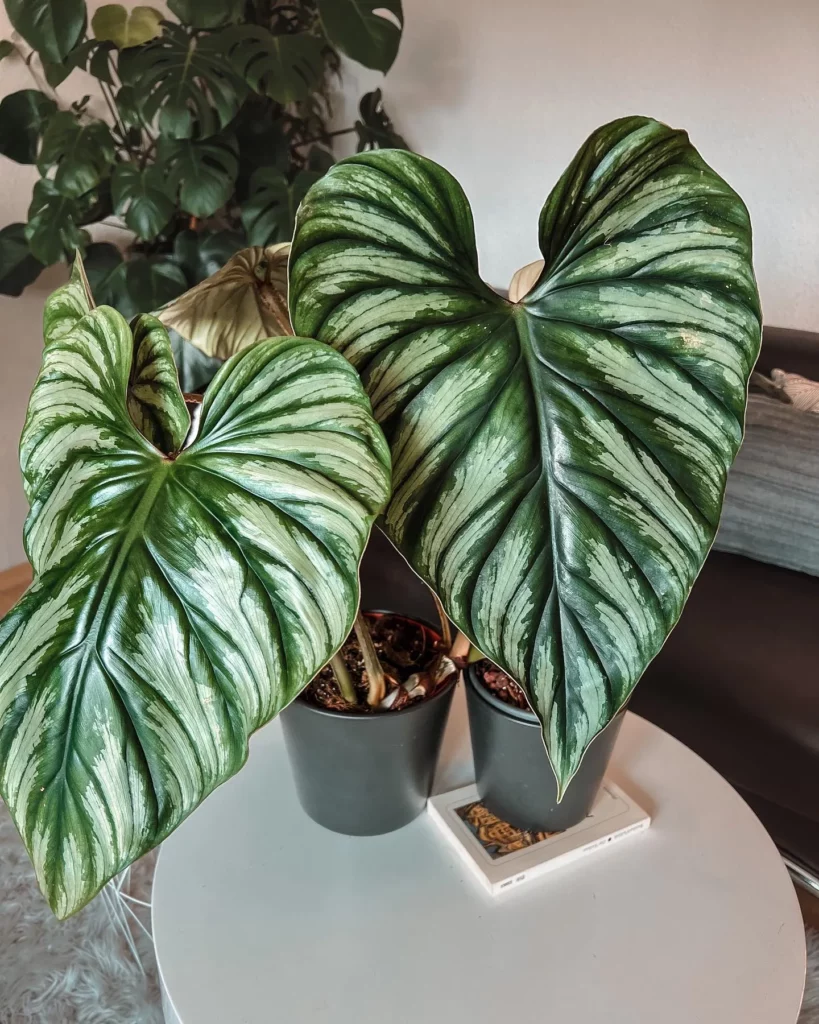Your philodendron is likely dripping water due to guttation, a process where excess water is expelled from the plant’s leaves, often occurring when the soil is overwatered or at high humidity levels.
Even for dedicated plant enthusiasts, unexpected issues like a philodendron dripping water can be perplexing and frustrating. Despite diligent care, this problem can arise, causing concern and confusion about its causes and the necessary steps to address it effectively.
Philodendrons, known for their lush green foliage and minimal care requirements, are popular houseplants valued for their varied forms, from trailing vines to bushy shapes, and their large, glossy leaves that add tropical elegance. These resilient plants thrive in bright, indirect light and well-draining soil, boasting drought tolerance and the ability to withstand extended periods without water. While they generally require little attention, unusual occurrences such as water dripping can be concerning for owners.
No products found.
However, When Your Philodendron Starts To Drip Water, It Can Be A Cause For Concern.
Let’s face it; nobody wants a puddle of water around their beloved plant. When you notice drips coming from your philodendron or see pools of moisture around its base, it is essential first to identify the cause of the issue.
While it might be tempting to assume the worst, such as an infestation or disease, sometimes, the situation is not as dire. However, if left unaddressed, dripping water can lead to severe problems that could potentially kill your plant.
So, what causes philodendrons to drip water? In the next section, we will explore some potential culprits that could be responsible for this issue.
The Mystery Of The Dripping Water
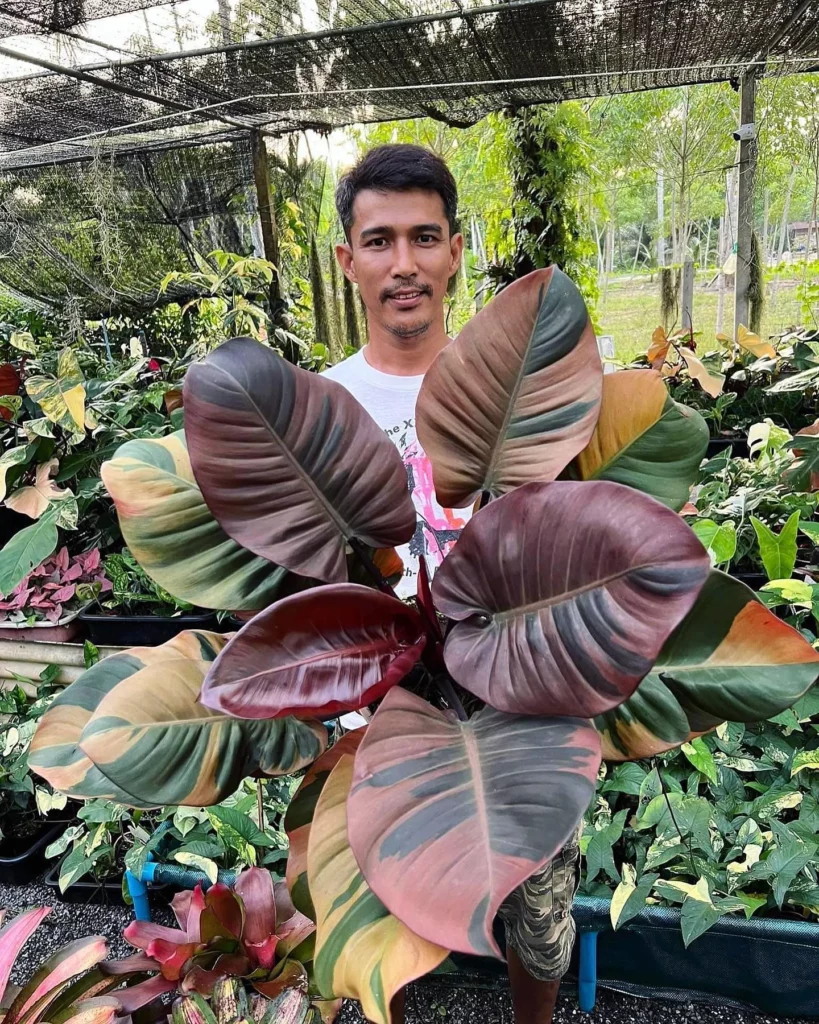

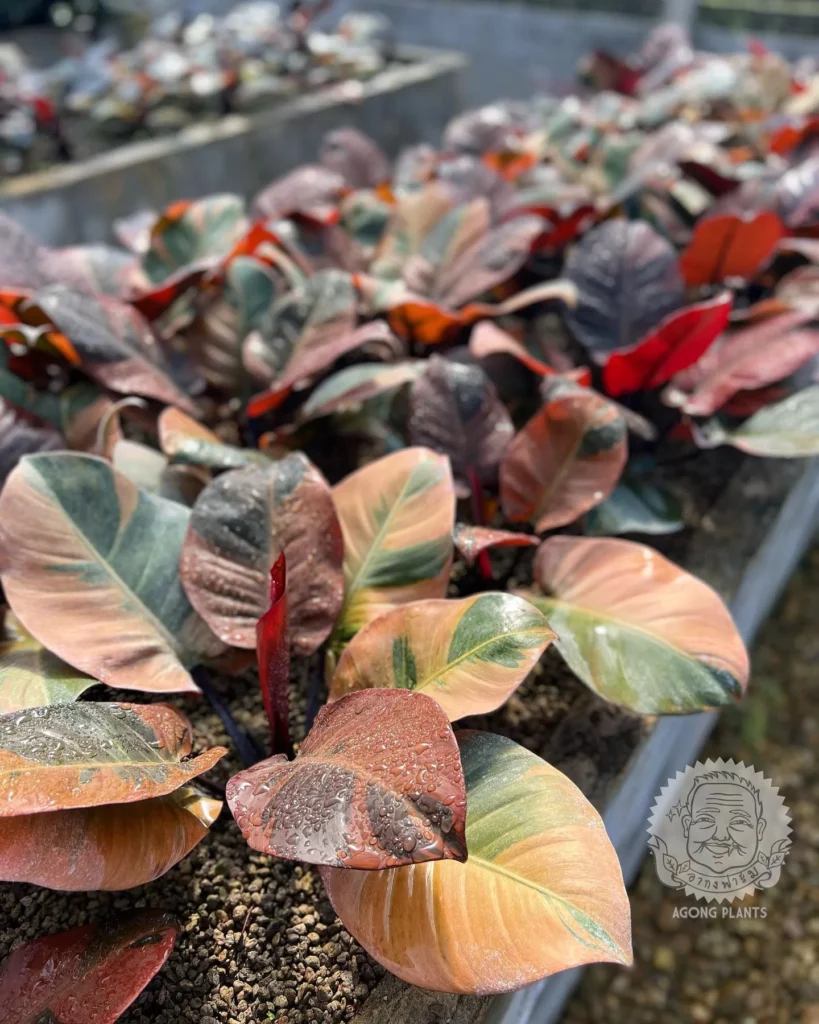
So, you’ve noticed a mysterious puddle of water around the base of your beloved philodendron. You panic and start racking your brain for possible explanations.
Here are two insinuations that might come to mind.
A Puddle from a Leaky Pot? Ridiculous!Many people assume a leaky pot is the culprit behind a philodendron’s dripping water. The idea seems simple enough, right? There must be a hole or a crack in the pot that’s allowing water to escape. However, here’s where I call bullsh*t on this theory. If there was indeed a leaky pot, you would expect to see signs of leakage on the outside of it as well as under it. But if you haven’t seen any marks or stains on your furniture or floor around the pot, then chances are it’s not leaking. In other words, before blaming the poor innocent pot for your philodendron’s woes, make sure that there isn’t another explanation for those pesky puddles first.
No products found.
Something More Sinister At Play: Root Rot
Now let’s get to something more sinister than just a leaky pot – root rot. Yes folks, that is exactly what could be causing those pools of H20 around your philodendron.
If you’re unfamiliar with root rot, then here’s what you need to know:
- Root rot is caused by excess moisture in soil which leads to decay and death of roots
- Damaged roots cannot absorb water and nutrients properly
- The plant will show signs of wilting and yellowing leaves as it struggles to survive
And what could be causing that excess moisture? Overwatering and poor drainage. I know, it’s a harsh truth to accept.
But you have to face it – you might be the one responsible for your poor philodendron’s demise. But wait, before you start feeling too guilty, let us move on to the next section and see what can be done to prevent this tragedy from happening again.
The Culprit Revealed

Root Rot: The Most Common Cause Of Dripping Water In Philodendrons
Ah, the dreaded root rot. The bane of houseplant enthusiasts everywhere. And unfortunately, one of the most common culprits behind a philodendron dripping water.
But why does overwatering lead to root rot? Well, let me tell you something, my dear reader.
Philodendrons are tropical plants that thrive in moist soil but are not designed to handle being constantly soaked in water. When you overwater your philodendron, the roots become waterlogged and can’t absorb oxygen properly.
This leads to a decrease in the root’s ability to function properly and can cause them to start decaying. And what happens when roots start decaying?
You guessed it – they release excess moisture into the soil which can cause the plant to drip water from its leaves or even at its base. It’s like a chain reaction of disaster all caused by one simple mistake – overwatering.
But wait, there’s more! Root rot isn’t just caused by overwatering alone.
Poor Drainage Or Using A Pot Without Drainage Holes Can Also Contribute To Root Rot
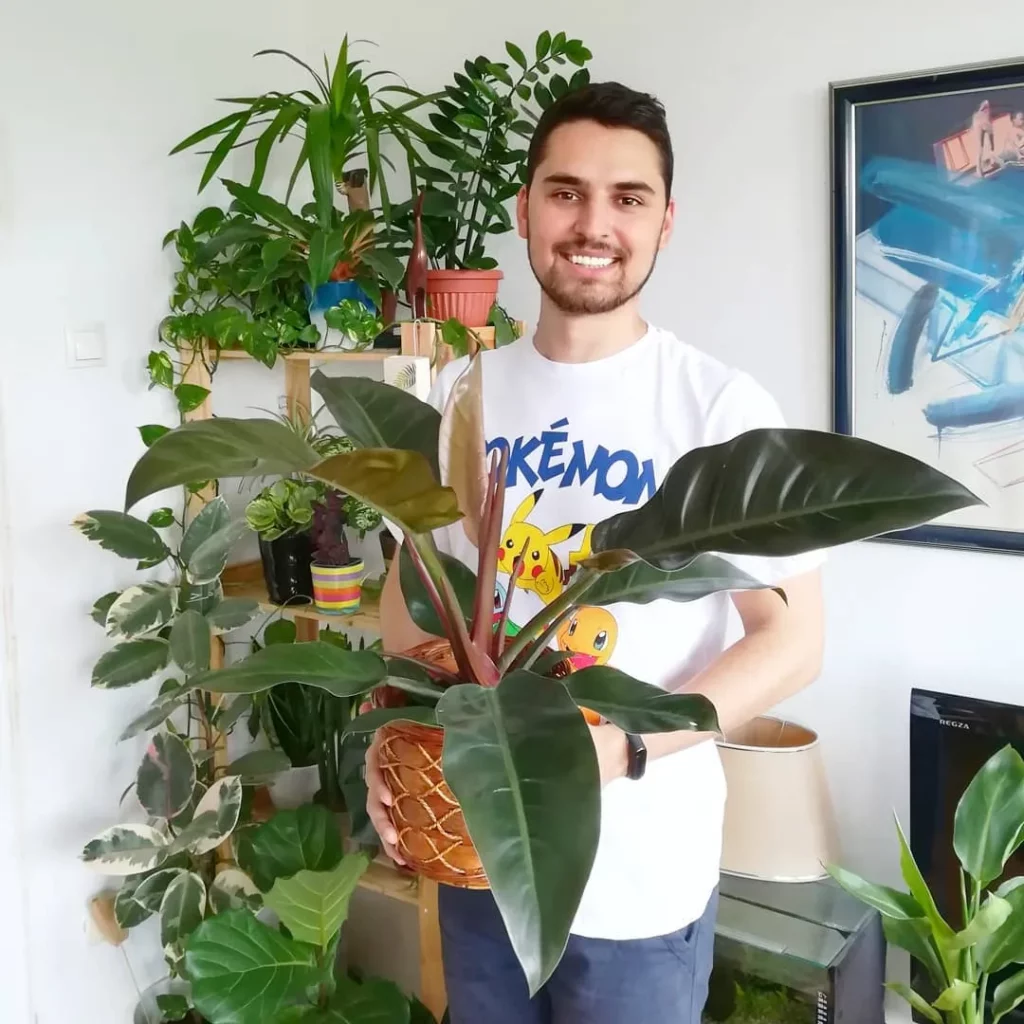
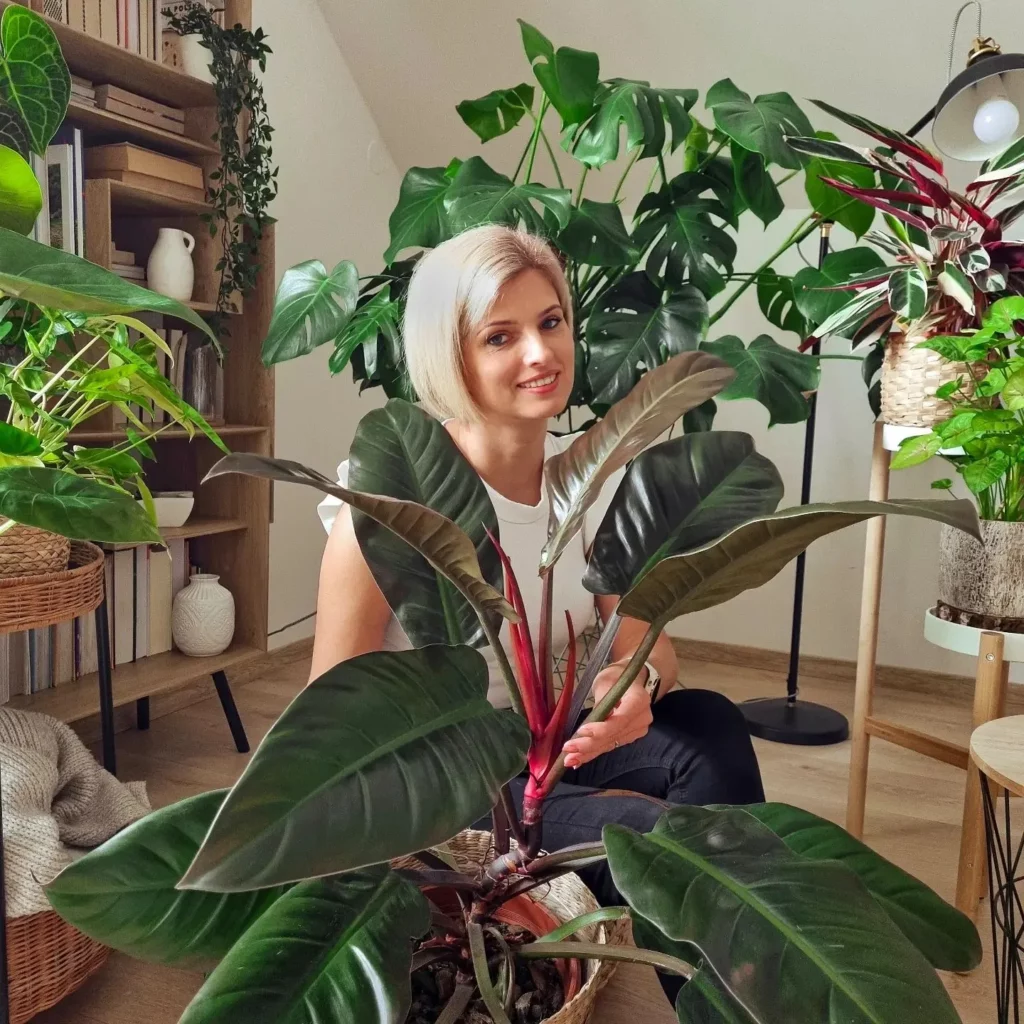
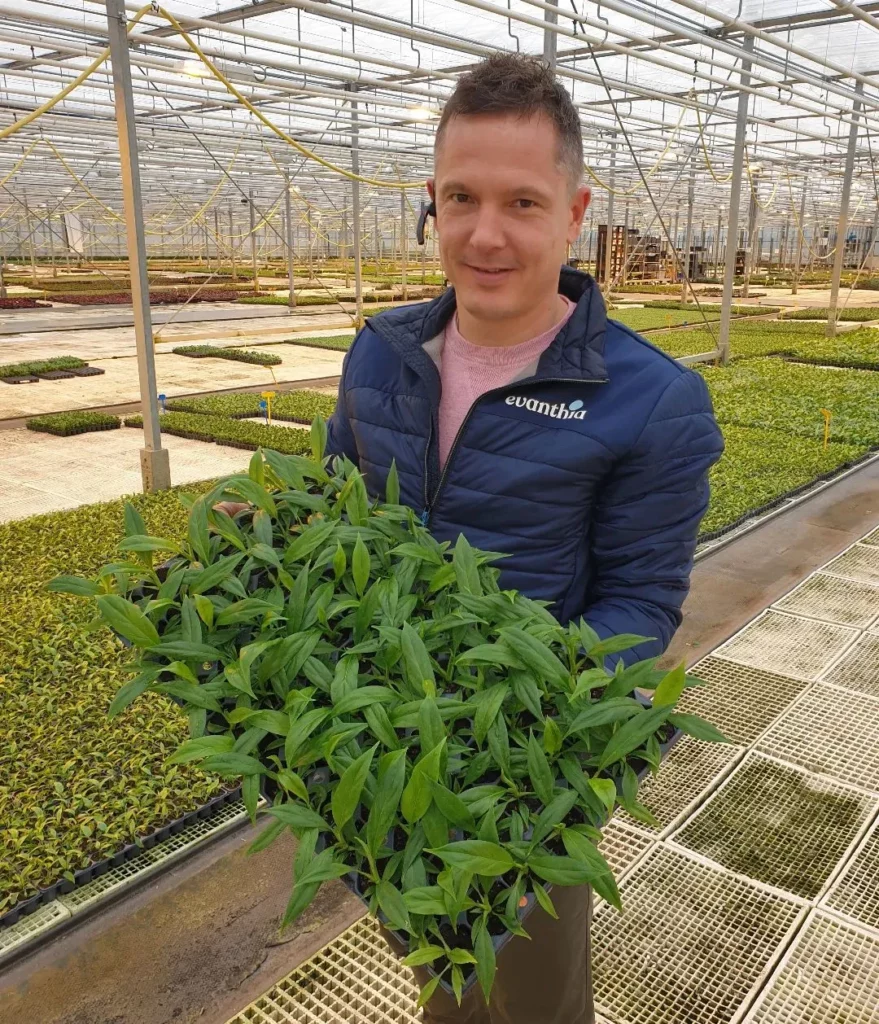
Let me break this down for you: if your philodendron is sitting in a pot without drainage holes or if there is poor drainage in general, then excess moisture can’t escape from the soil properly. This creates a perfect environment for root rot to thrive as it gives bacteria and fungi (the real culprits behind root rot) everything they need for growth.
Don’t get me wrong – I understand why some people choose pots without drainage holes. It looks sleek and modern, right?
But let me ask you this: is vanity worth sacrificing your plant’s health? I think not.
No products found.
And if you’re thinking that you can just put some rocks at the bottom of your pot to help with drainage – think again, my friend. This actually does more harm than good as it creates a layer of stagnant water at the bottom of the pot which can cause roots to rot.
My Final Thoughts On Root Rot
So, what have we learned today? That root rot is the most common cause of dripping water in philodendrons and it’s usually caused by overwatering or poor drainage. But let me tell you something – it’s not all doom and gloom.
If caught early enough, root rot can be treated. The first step is to stop watering your philodendron and allow the soil to dry out completely.
You may also need to trim away any affected roots and repot your plant in fresh soil with proper drainage. But let me leave you with one final thought: prevention is always better than cure.
So, don’t overwater your plants, make sure they have proper drainage, and keep an eye out for any signs of trouble. Your philodendron (and wallet) will thank you in the long run.
Prevention Is Key

If you have a philodendron, one of the most important things you can do to prevent dripping water is to avoid overwatering. You might think that your plant needs a lot of water because it’s a tropical species, but in reality, these plants are quite hardy and don’t require frequent watering.
In fact, overwatering is the most common cause of root rot and the resulting dripping water. So be sure to let the soil dry out completely between watering sessions.
Another important factor for preventing dripping water is proper drainage. Some pots don’t come with drainage holes, and when you put soil and plants in them, they become essentially like little ponds.
This can lead to standing water that promotes root rot and other problems. Make sure your philodendron’s pot has adequate drainage holes to allow excess water to escape.
Repotting With Good Drainage
If your philodendron is already showing signs of dripping water due to root rot or other issues, then it may be time for repotting. When you repot a plant that’s suffering from root rot, it’s important to remove as much of the damaged roots as possible before putting it into fresh soil. When choosing new soil for your repotted philodendron, look for high-quality potting mix that contains ingredients like perlite or vermiculite which help improve drainage.
Avoid using garden soil or compost which can retain too much moisture and exacerbate any existing problems. When you’re ready to repot your plant into its new home, make sure the pot has plenty of drainage holes so excess moisture doesn’t get trapped inside.
Trimming Affected Roots
In some cases where only a few roots are affected by root rot causing dripping water, trimming them away may be enough to save the plant. However, it’s important to use sharp, sterile tools to avoid introducing any additional pathogens to the plant.
Before trimming any roots, make sure the soil is completely dry to avoid damaging healthy roots during the process. Once you’ve trimmed away any damaged parts, be sure to let the soil dry out completely before watering again.
No products found.
Final Thoughts
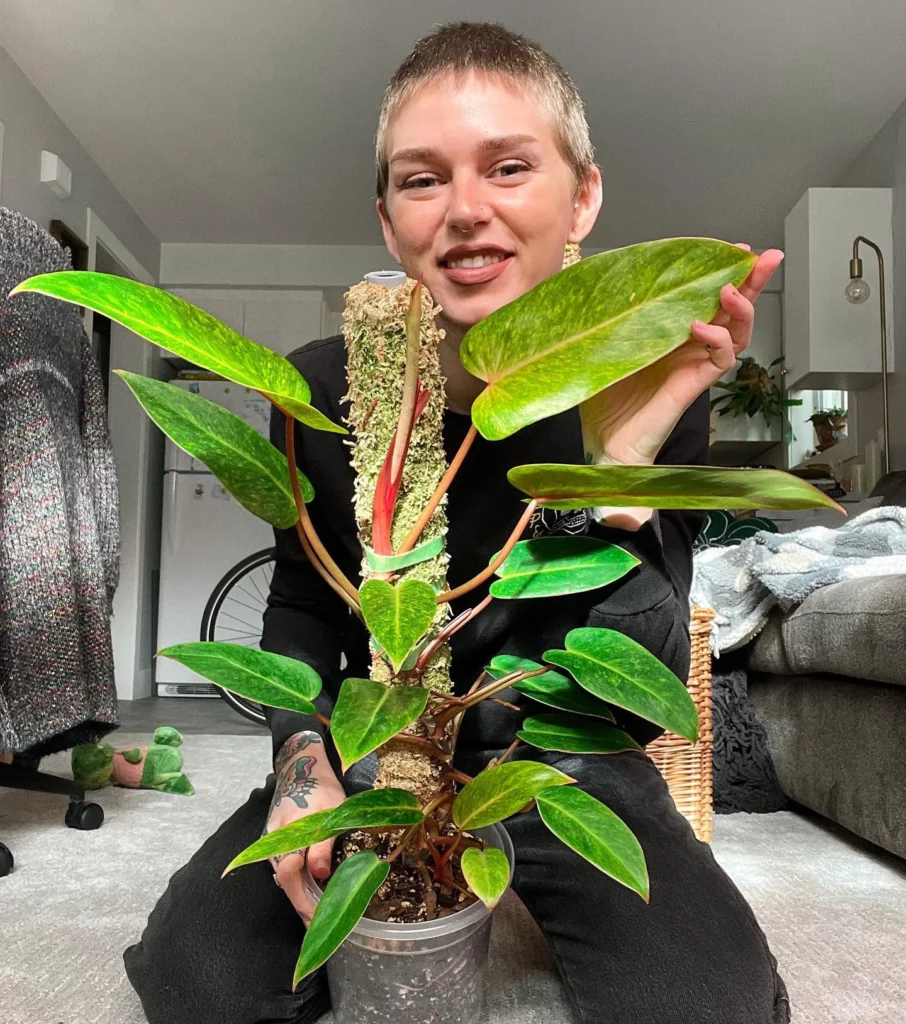
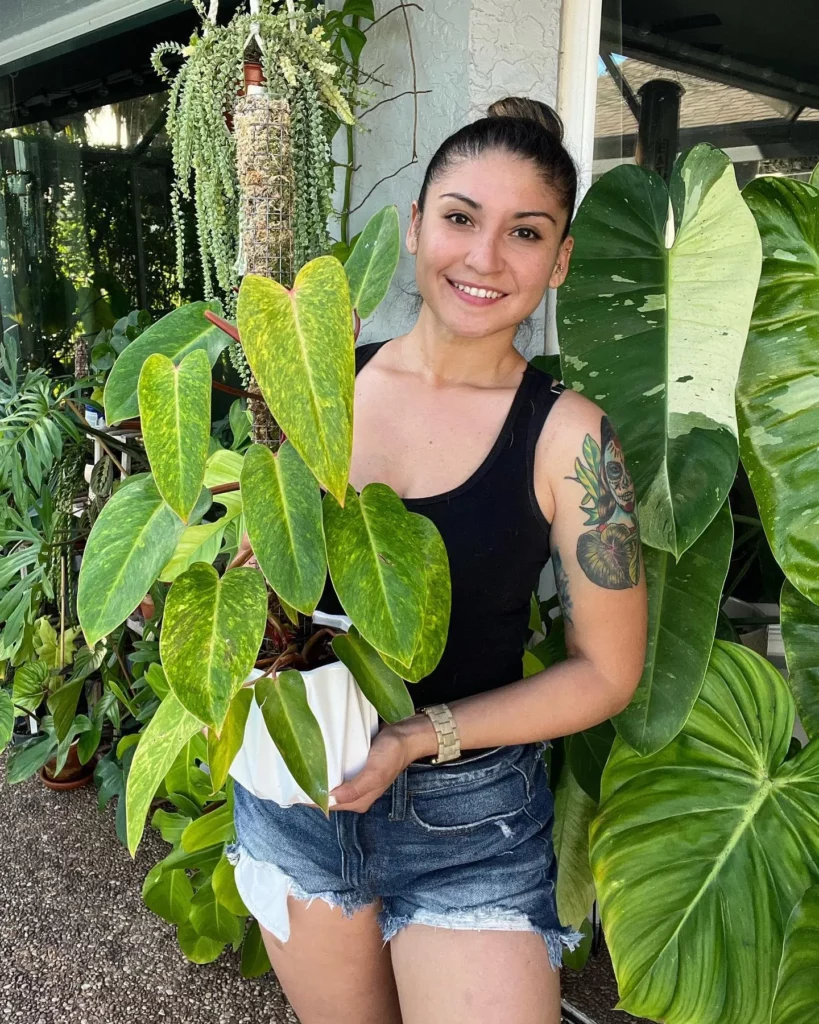

Preventing dripping water in your philodendron requires paying close attention to your plant’s needs and taking steps to avoid overwatering and promote good drainage. If you’re already dealing with a case of root rot causing dripping water, don’t despair – there are options for treatment including repotting and trimming away affected roots. Remember, philodendrons are hardy plants that can thrive with minimal care if given the proper conditions.
Give yours a chance by providing it with good light, moderate humidity levels, and appropriate watering practices. With a little TLC and some preventative measures against dripping water causing root rot, your philodendron can continue to grow and thrive for years to come.
Frequently Asked Questions
Signs of an overwatered philodendron include wilting or yellowing leaves, root rot, a foul odor from the soil, the presence of fungus gnats, and excessively wet or soggy soil. The plant may also show a lack of new growth or stunted growth.
If your plant leaves are dripping water, it could be due to a phenomenon called guttation. Guttation occurs when there is excess moisture in the plant’s roots and the plant is unable to transpire it all. This excess moisture is released as droplets through specialized structures called hydathodes, typically found along the leaf edges. Guttation is a natural process and is not necessarily a cause for concern.
Philodendrons can exhibit “sweating” or water droplets on their leaves due to a process called guttation. Guttation occurs when the plant’s roots absorb water and the excess moisture is pushed up to the leaves, where it is released through hydathodes. This is a normal process and helps the plant regulate water balance. It is more commonly observed during periods of high humidity or when the plant is actively growing.
If your plant is sweating or exhibiting moisture on its leaves or stems, it is likely experiencing guttation. Guttation is a natural process in plants where excess moisture is released through hydathodes. This typically occurs when the plant’s roots absorb more water than it can transpire. It is a normal physiological response and not necessarily a cause for concern unless accompanied by other signs of stress or overwatering.
After reading this, check out our other articles on:
Conclusion
After delving into the mysterious world of dripping philodendrons, it’s clear that prevention is truly key when it comes to keeping your plants healthy. By avoiding overwatering and ensuring proper drainage, you can save your beloved philodendron from a potentially deadly fate.
Recapping the main points discussed in this article, we learned that dripping water from a philodendron can be a sign of root rot caused by overwatering or poor drainage. This is especially important to note for beginners who may not be aware of the dangers of overwatering their houseplants.
Furthermore, we explored the various treatment options available to save our plants from root rot. Repotting in fresh soil with good drainage or trimming away affected roots are both viable options, but prevention should always be prioritized.
Taking care of our houseplants can be a daunting task but it can also be incredibly rewarding. The satisfaction of watching your philodendron thrive under your care is unparalleled.
So let’s take some time to learn about our plants’ needs and provide them with the care they deserve. Happy gardening!


